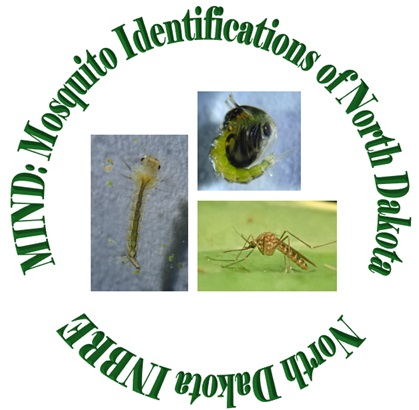


Common Name - Slender-necked Click Beetle
Phylum: Arthropoda
Class: Insecta
Order: Coleoptera
Family: Elateridae
Oestodes tenuicollis, commonly known as the slender-necked click beetle, is a member of the Elateridae family. While specific studies on this species in North Dakota are scarce, its presence has been recorded in various parts of the northern United States, suggesting it is likely found in suitable habitats across the state.
In North Dakota, O. tenuicollis is most likely to inhabit grasslands, forest edges, and areas with loose, moist soil—environments that support the larval development of click beetles. These beetles are typically nocturnal and are attracted to lights at night, which makes them more noticeable during summer months.
The larvae, often referred to as wireworms, are known to live in the soil and feed on decaying plant matter, roots, and sometimes seeds. This feeding behavior can occasionally impact agricultural crops, although O. tenuicollis is not considered a major pest species. Adults are less frequently observed feeding but may visit flowers such as Leucanthemum vulgare (oxeye daisy), which are common in North Dakota’s prairie and roadside habitats.
Breeding occurs during the warmer months, typically late spring through summer. Females lay eggs in the soil, where larvae hatch and begin their development. The larval stage can last several months to years, depending on environmental conditions.
Overall, Oestodes tenuicollis plays a minor but ecologically relevant role in North Dakota’s insect biodiversity, contributing to soil health and serving as prey for birds and small mammals.